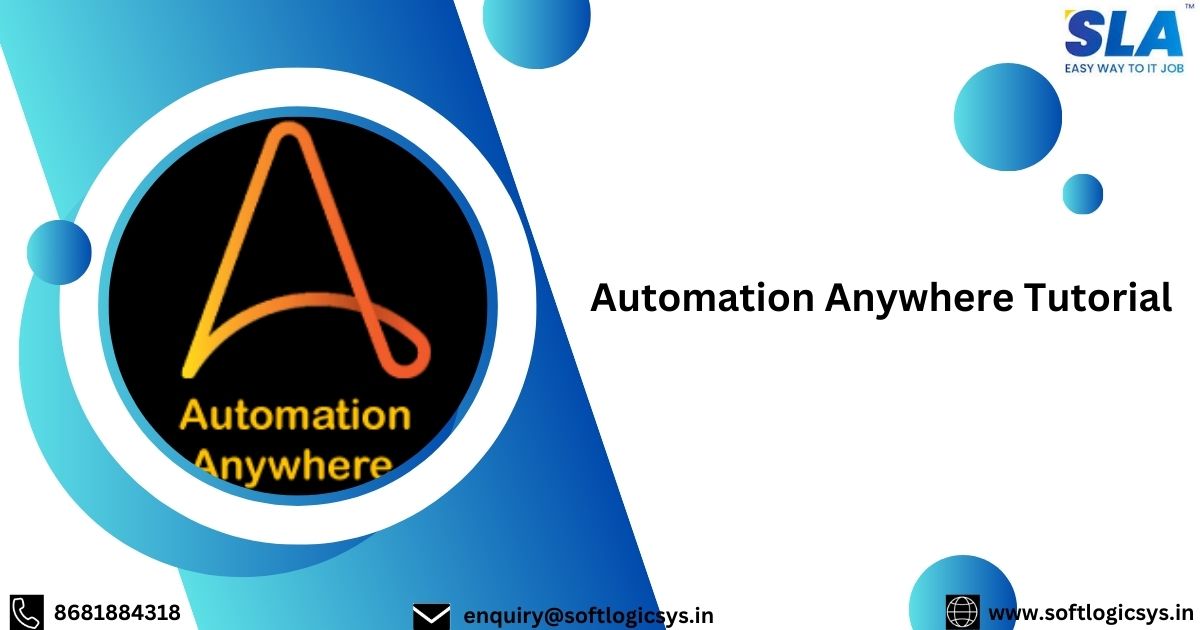Automation Anywhere Tutorial
Robotic process automation (RPA) is the term used to describe the process of automating tasks using robots without requiring human contact with the system. The fundamental and advanced concepts of automation anywhere are covered in our Automation Anywhere Tutorial.
Introduction to Automation Anywhere
The four categories into which automation can be separated are as follows:
- Macro Recorders
- Application-level Macro Recorders
- Artificial Intelligence
- Business Process Automation (BPA)
- Robotic Process Automation (RPA)
You may simplify the term “automation anywhere” by using these three terms:
Robotic: When a robot imitates human behavior, it is said to be robotic.
Process: Depicts a series of consecutive steps that culminate in the intended outcome.
Automation: It refers to any action carried out devoid of human involvement.
History of Automation Anywhere
Automation Anywhere, Inc. is the company behind Automation Anywhere, an RPA solution. Tethys Solutions, LLC, was the name under which the business was first established in 2003. The company’s core product, Automation Anywhere, replaced the original name in 2010.
Why Automation Anywhere?
The needs of any organization determine which RPA tool should be used. Listed below are a few compelling arguments for businesses to adopt Automation Anywhere:
- Coding expertise or any understanding of programming is not necessary.
- Automation Anywhere offers error-free automation.
- RPA systems can be deployed as quickly as possible with Automation Anywhere.
- Time is saved by the quick automation of operations.
- Enterprise-level security is a feature of Automation Anywhere due to its integrated governance and compliance controls.
- With automation approaches, Automation Anywhere adds innovations and offers a forward-thinking path for businesses.
- It boasts a large pool of skilled RPA experts who can automate company operations and generate strong returns on investment.
- Automation Anywhere will enable businesses to scale up automation quickly and easily in the future.
Architecture of Automation Anywhere
The architecture of Automation Anywhere is distributed. It makes use of its control room to provide a centralized administration solution.
Bot Creators and Bot Runners make up Automation Anywhere’s two distinct architectural components. The Control Room is connected to both parts.
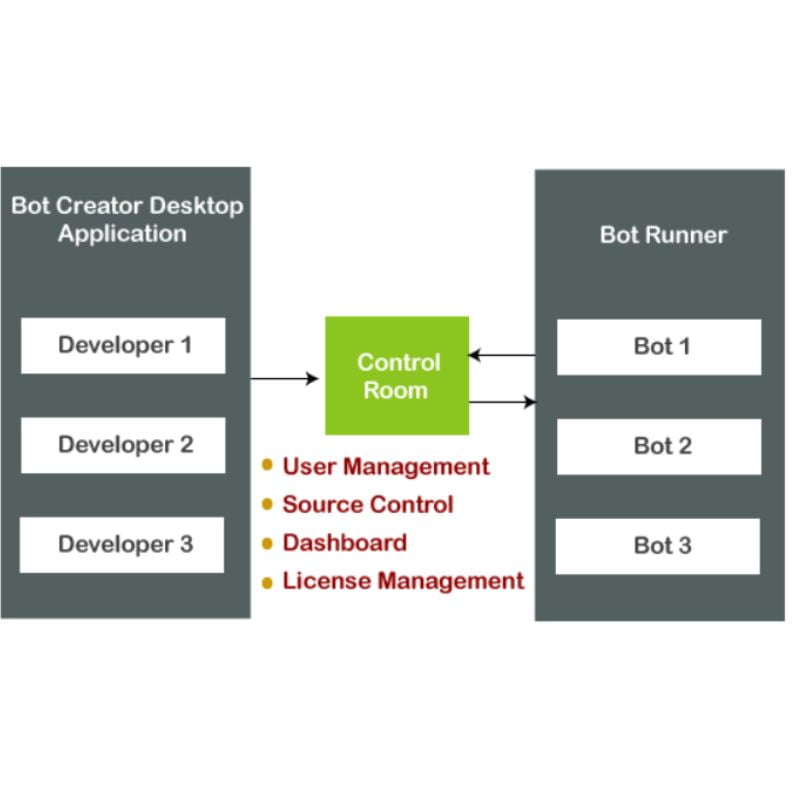
Bot Creators
- They are tools for building bots, as the name suggests.
- They provide tools that validate against a live control room and aid in the building of bots, in addition to a desktop application for developers.
- The control room contains the configured bot code.
- Many developers can design, download, or upload individual jobs or bots, which they can then run simultaneously.
Control Room
- The Automation Anywhere architecture’s most crucial element is allegedly the control room.
- It is an online server that handles the bots that bot creators have constructed.
- It performs the role of a controller, managing every aspect of client, script, role, credential, security, etc. execution and administration.
- Every script or automated task has been uploaded to the control room.
- The Control Room further schedules and oversees the job execution on the host server or computer.
- A dashboard, automation deployment, license management, source control, and user management are among the other features it provides.
Additionally, it provides functions like user management, source control, license management, automation deployment, and a dashboard.
User Management: The control room gives administrators the ability to control user access to various networks, apps, and systems.
Source Control: The control room facilitates the administration of the bots’ codes. It facilitates code exchange between several platforms.
License Management: Automation Anywhere licenses that have been purchased are managed via the License Management Control Room.
Licenses for Automation Anywhere come in two varieties, including:
- Dev License: This license permits the creation, modification, and operation of a bot.
- Run License: This license only permits the use of the bot for operation.
Automation Deployment: The control room offers choices for automating bot deployments.
Dashboard: Complete Automation Anywhere, bot insights are available on a dashboard. Additionally, it shows the quantity of passed, failed, and ongoing bots.
Bot Runners
- The machine-level programming needed to run the bots is called the Bot Runner.
- One bot can run several bots at once.
- A run license is needed to use the bots.
- Run-time clients known as “bot runners” are typically installed on Windows-based platforms.
- The control room might receive a report from the botrunner regarding the execution status.
Significant Products of Automation Anywhere
Some of the important products from Automation Anywhere include:
Bot Insights
- Bot Insight is a tool that lets users examine how well bots work.
- It shows statistics and graphs to gauge each bot’s effectiveness.
- Users can also use it to determine how much time they have saved due to automation.
- It’s rumored to be the first bot analytics solution.
- Bot analytics combines digital worker performance with real-time business analytics.
Bot Farm
- One tool for increasing the quantity of RPA bots is a bot farm.
- It is compatible with Automation Anywhere’s Enterprise edition.
- With a single click deployment, Bot Farm may also expand the capabilities of the digital workforce from any location at any time.
- Its development, deployment, and management capabilities enable users to guarantee the elasticity and scalability of hundreds or thousands of bots.
Bot Store
The first online marketplace with multiple pre-built bots for various business automation tasks is called Bot Store. It enables businesses to quickly implement various bots, including application, process, and cognitive bots.
Types of Bots in Automation Anywhere
Three different kinds of bots are employed in Automation Anywhere:
- Task bot
- Meta bot
- IQ bot
Task Bot
- Task bots are bots designed to automate repetitive, rule-based tasks. They increase efficiency, cut down on errors, and save money.
- Task bots are typically used in the HR department, IT, claims management, document administration, etc.
Meta Bots
- Metabots are automation-building elements that enable next-generation integration and scalability. These are intended for scalable, complicated procedures.
- We must make some changes to the bot if the procedure has to change.
- All of the processes associated with that particular bot will automatically receive the modifications.
IQ Bots
- An advanced technology with human-like reasoning abilities is called IQ Bot.
- Cognitive bots are another name for IQ bots.
- These bots are designed to pick up new skills on their own and carry out duties under them.
- IQ bots give customers access to the power of automation by utilizing cutting-edge artificial and cognitive technologies.
- These bots have capabilities including subject matter knowledge, decision-making, and self-learning, among others.
- These bots may extract data that is semi-structured or unstructured.
Installing Automation Anywhere
Configuring various software programs, including IQ Bots, the Automation Anywhere extension, and the Automation Anywhere Bot Agent, is the primary step in the Automation Anywhere installation process.
To install or configure Automation Anywhere products, take the following actions:
Step 1: Go to the official website by clicking this link: https://www.automationanywhere.com/
Step 2: Next, as seen in the figure below, we must click the “Start Free Trial” button.
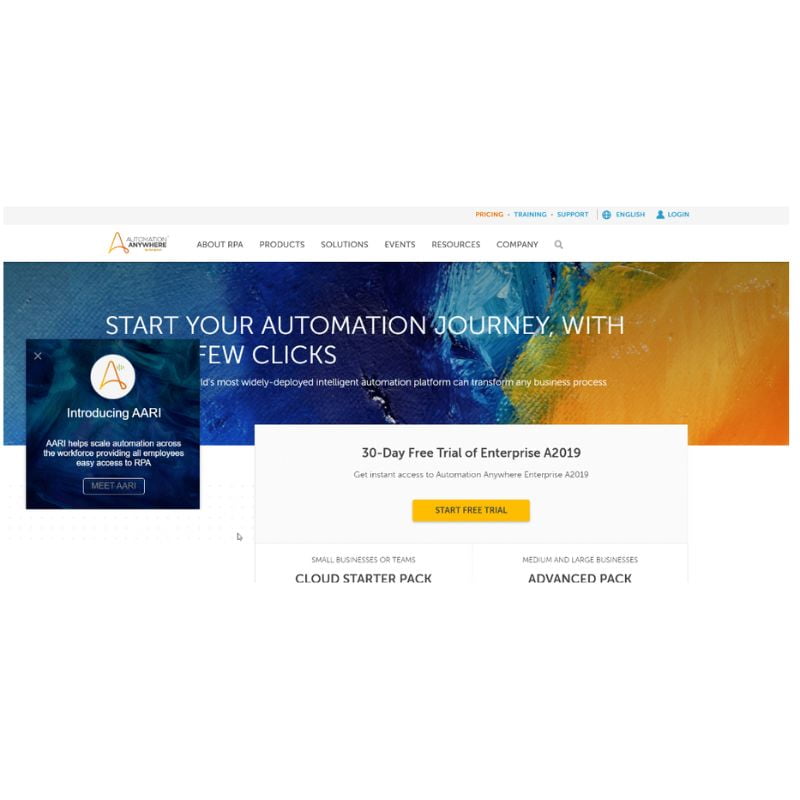
Step 3: Fill all the required information.
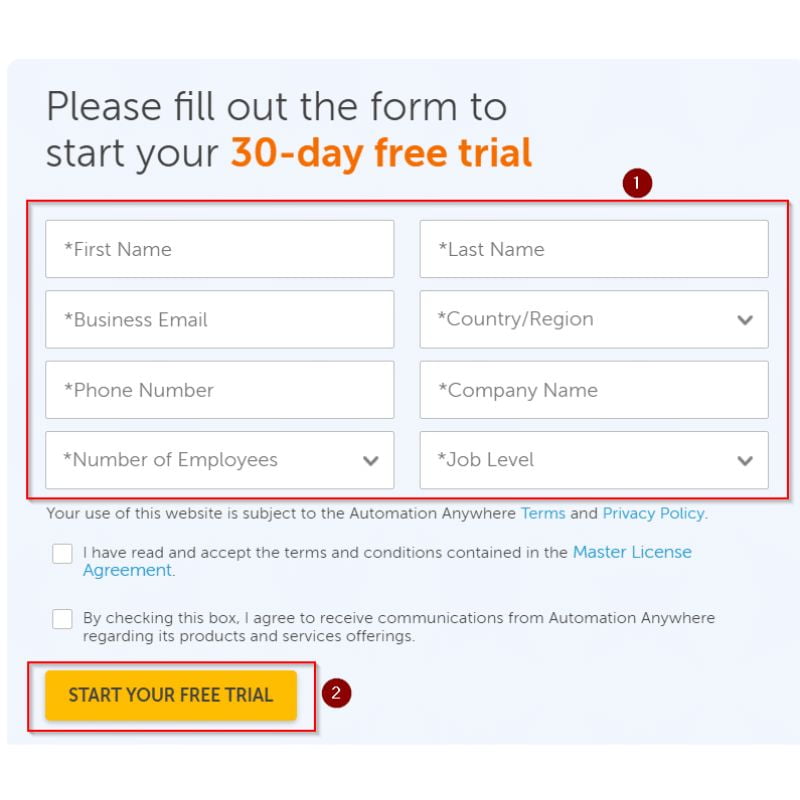
Step 4: After completing the procedure mentioned above, you should see something like, and after five to ten minutes, you should receive a message.
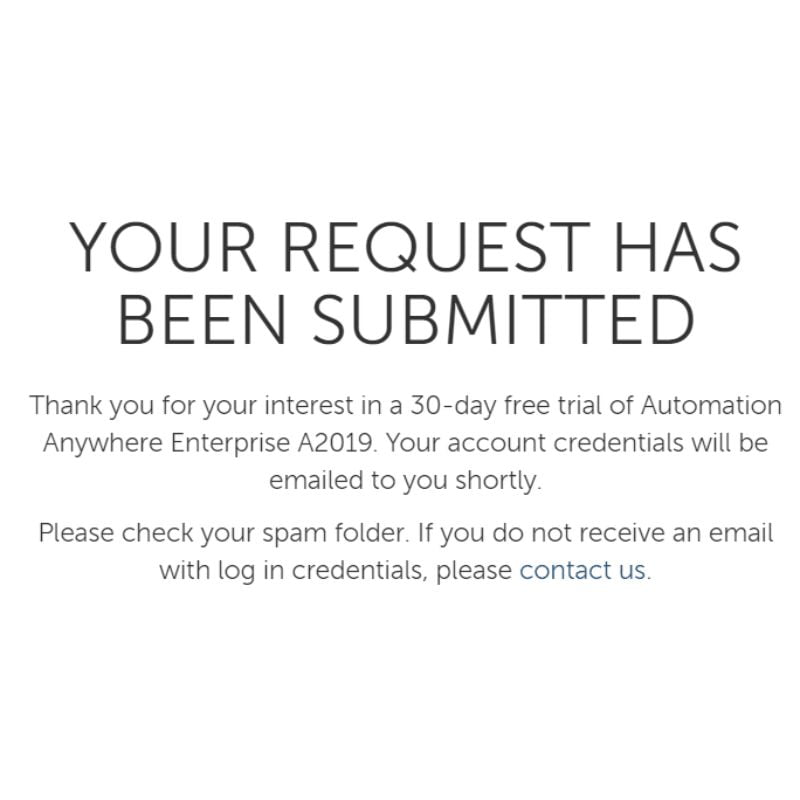
Step 5: You will receive the login URL for the control room along with the credentials in the mail. Open the URL now, and enter your control room credentials.
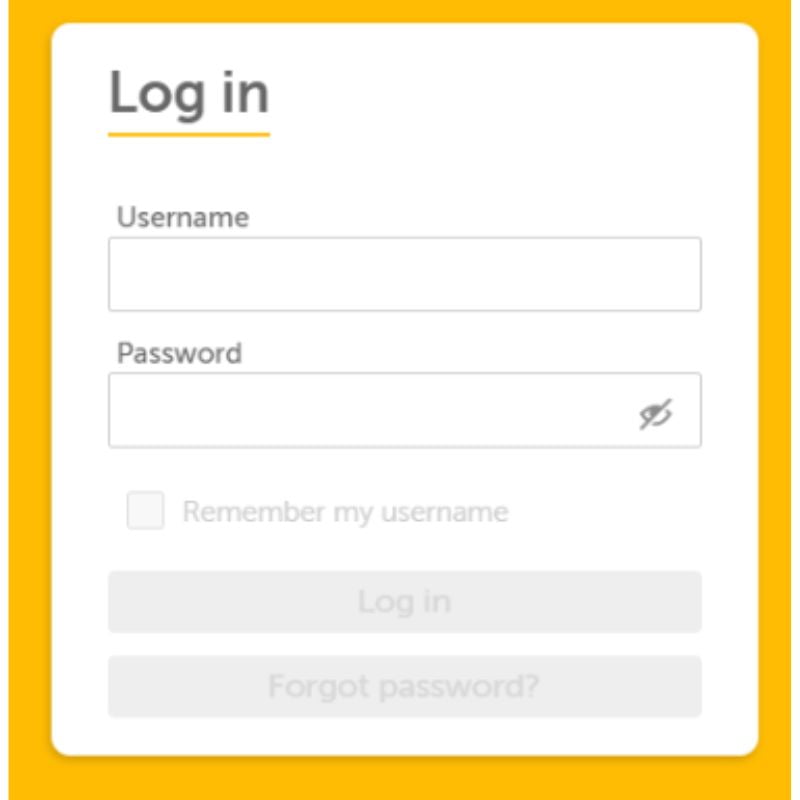
Step 6: You will get a pop-up with some security questions when you log in for the first time.
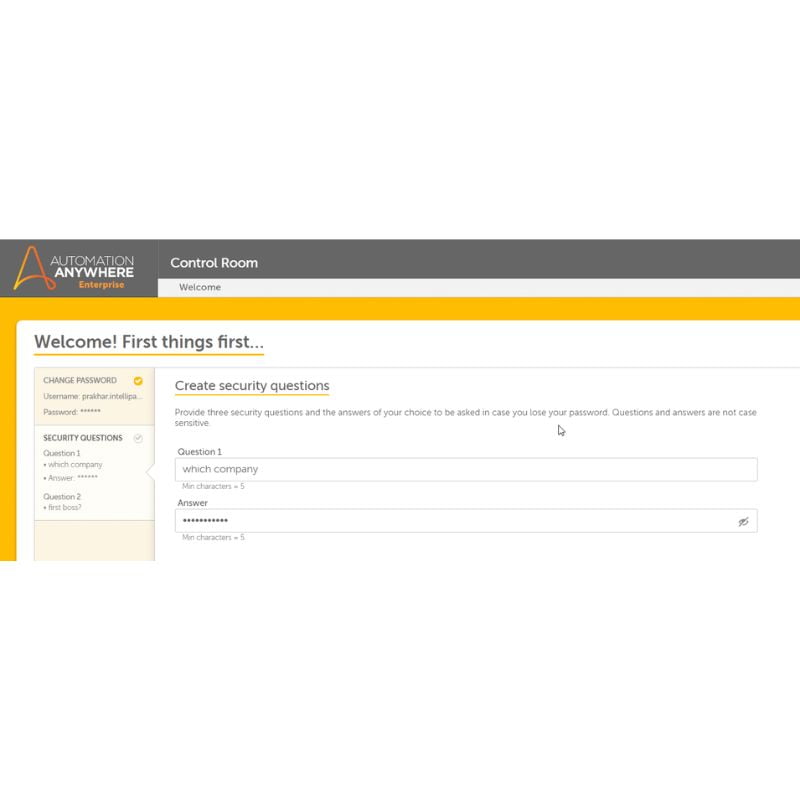
Step 7: When finished, click Save and log in to access the control room located in the right-hand corner.
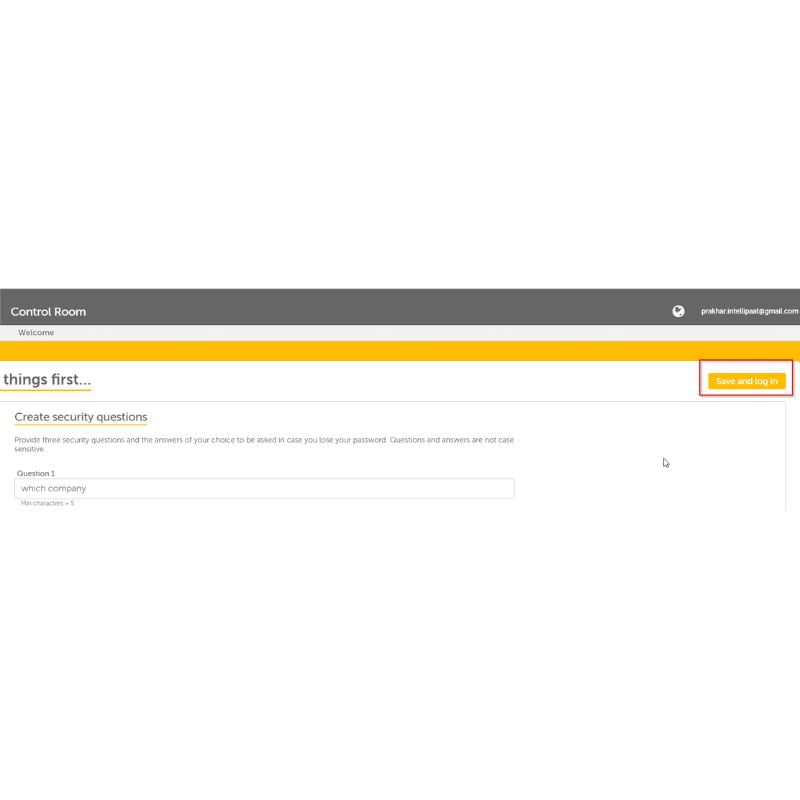
Step 8: Now accept the license agreement.
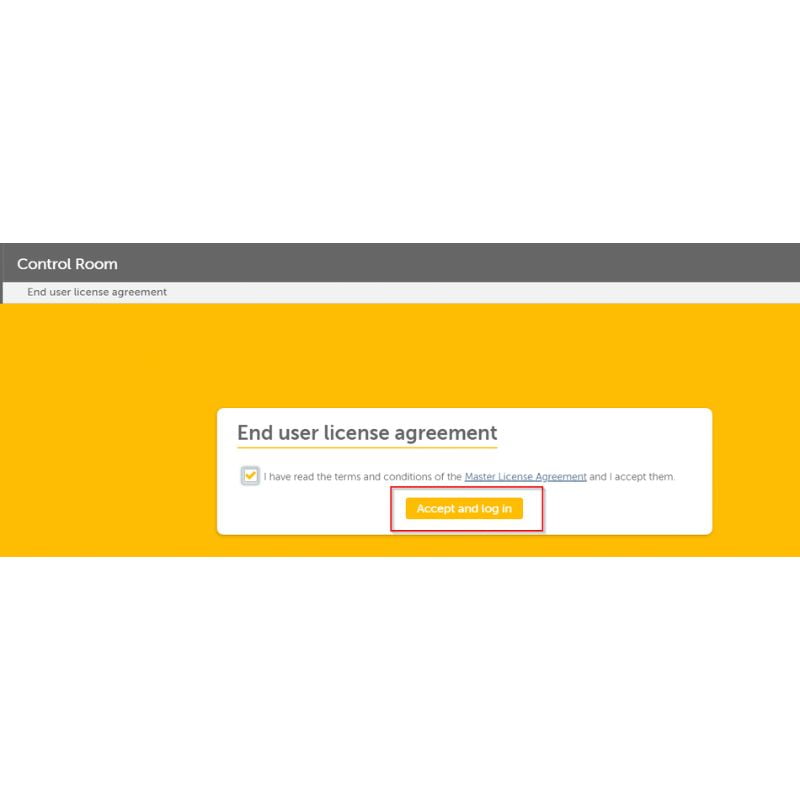
Step 9: Now click on Create a bot
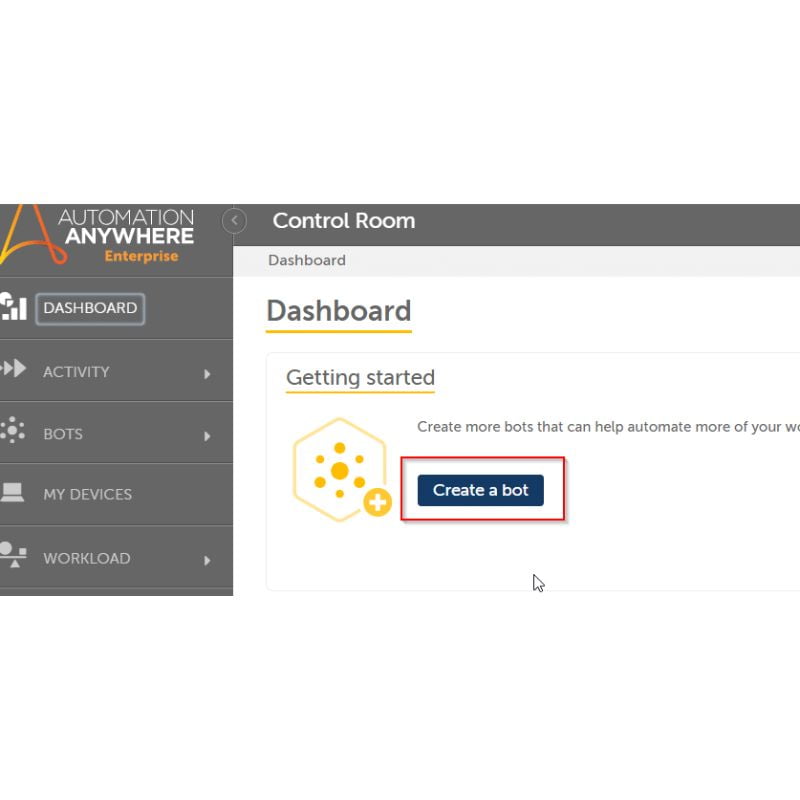
Step 10: Give your bot a name and a description in the resulting window, then click Create & Modify.
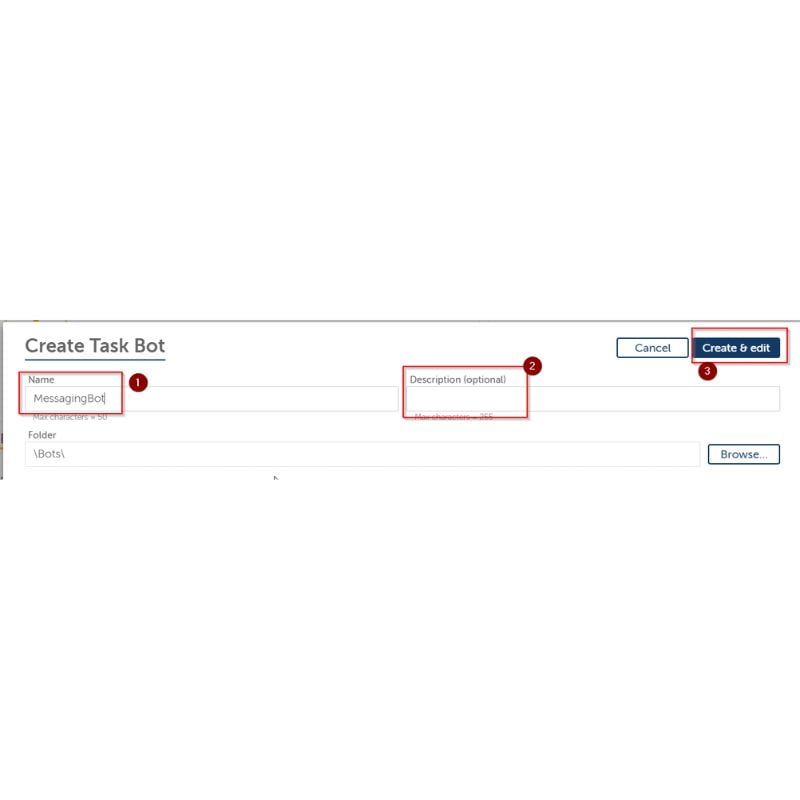
Step 11: When finished, many tasks will appear on the left. Look for the message box.
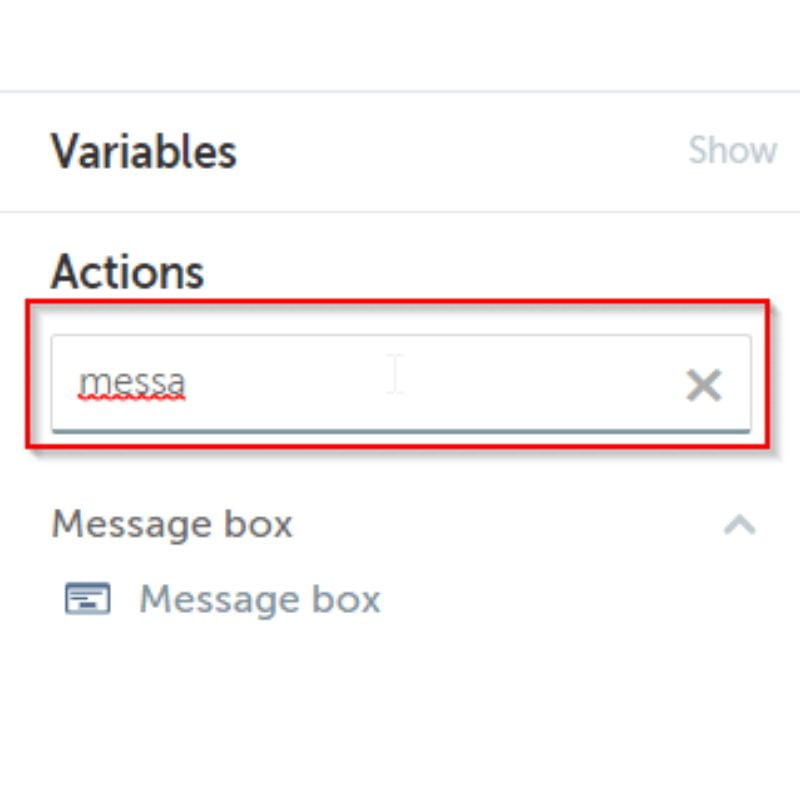
Step 12: If you double-click the message box icon, it will appear in your flow as indicated below:
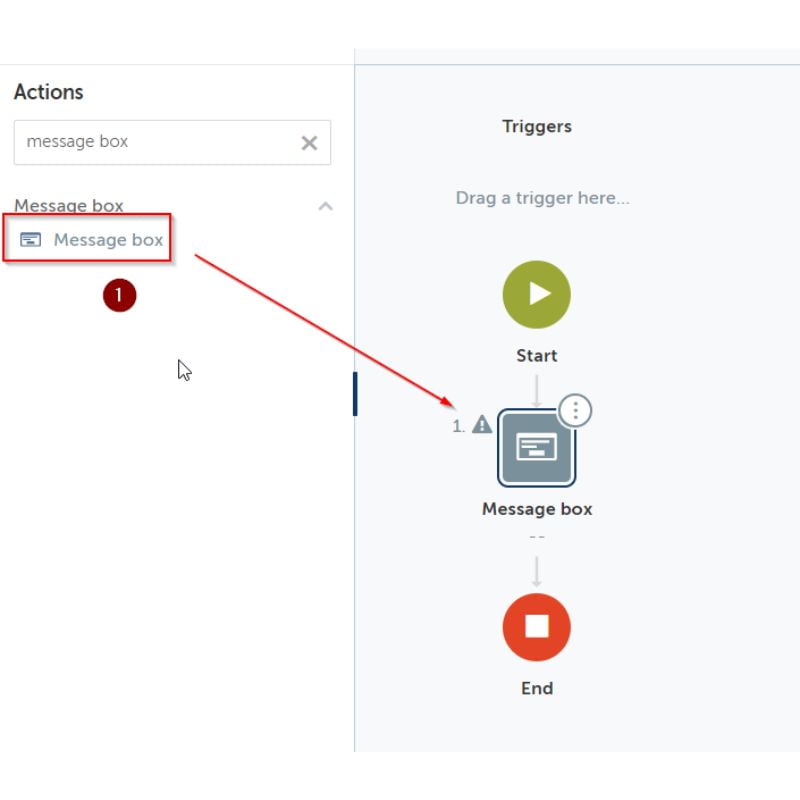
Step 13: Now adjust the details in the right-hand Properties panel.
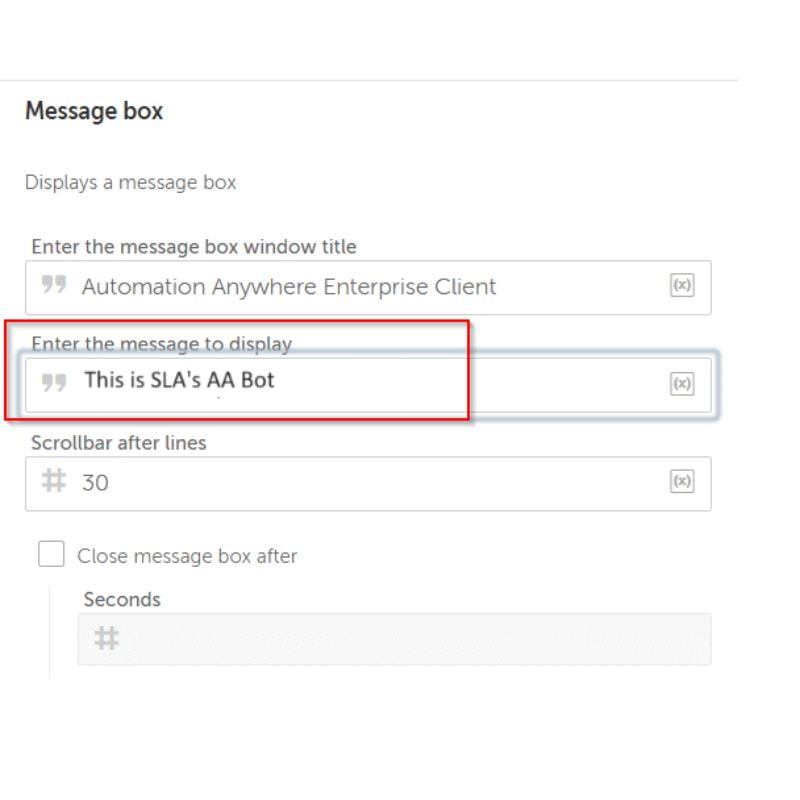
Step 14: After finishing, select Run, then Save.
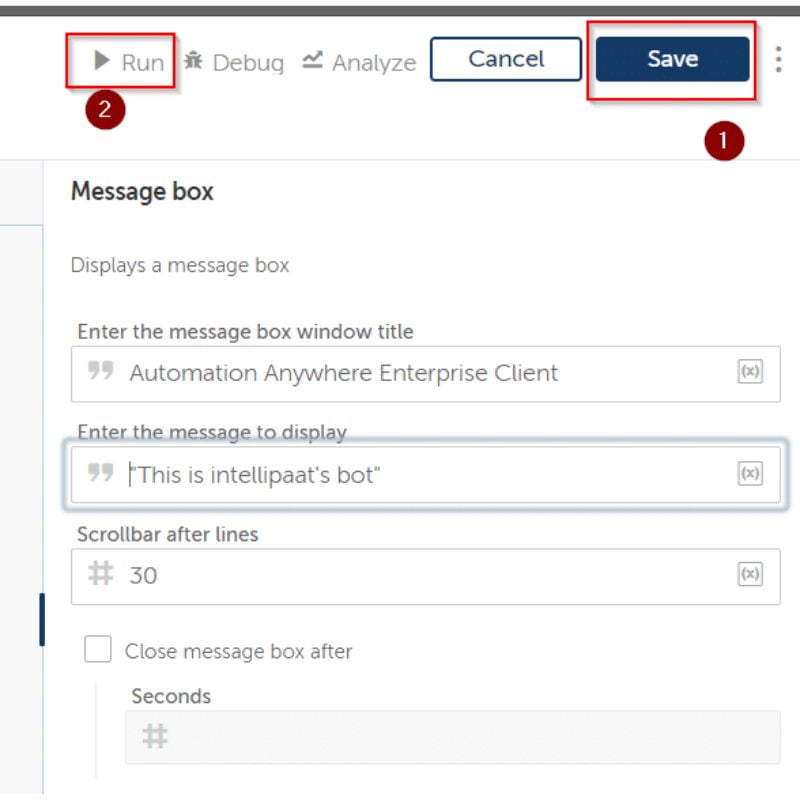
Step 15: When you select Connect to my computer, a download will start. Next, give it time for the download to finish.
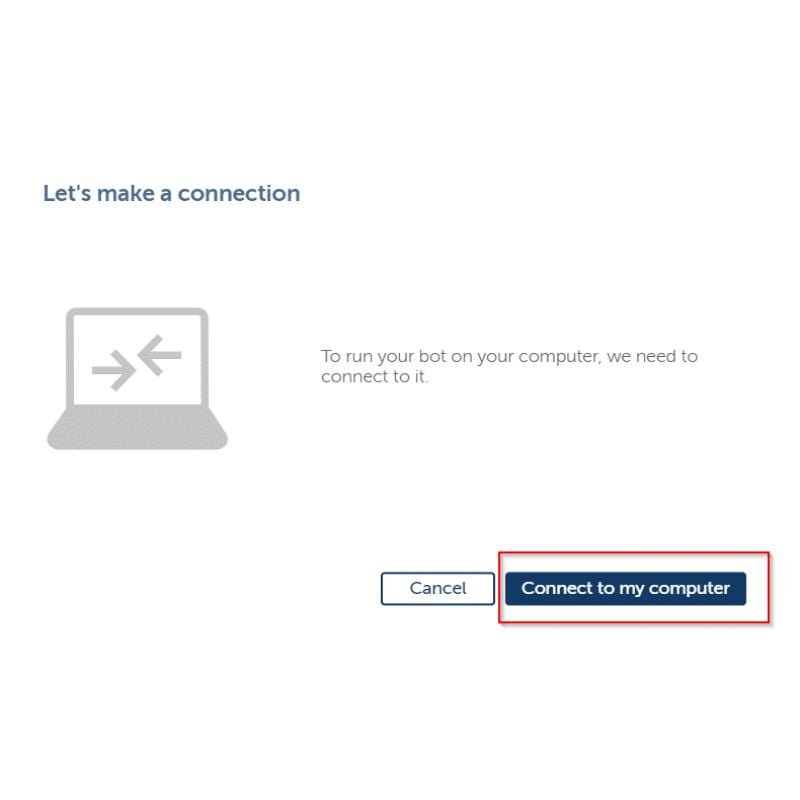
Step 16: Launch the setup file that was downloaded.
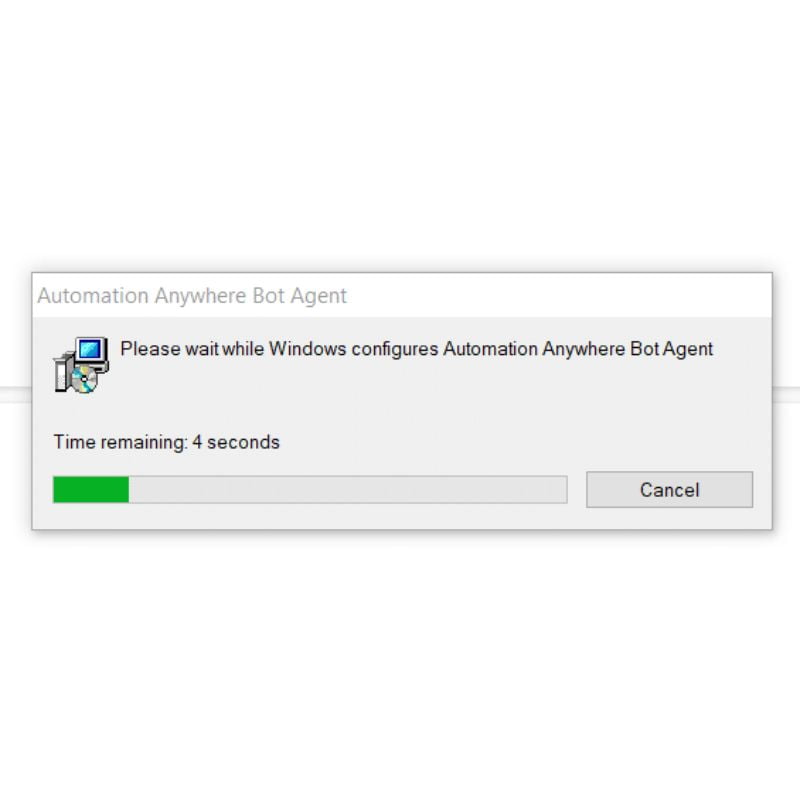
Step 17: The extension has to be enabled next. To accomplish this, use Chrome and take the actions listed below:
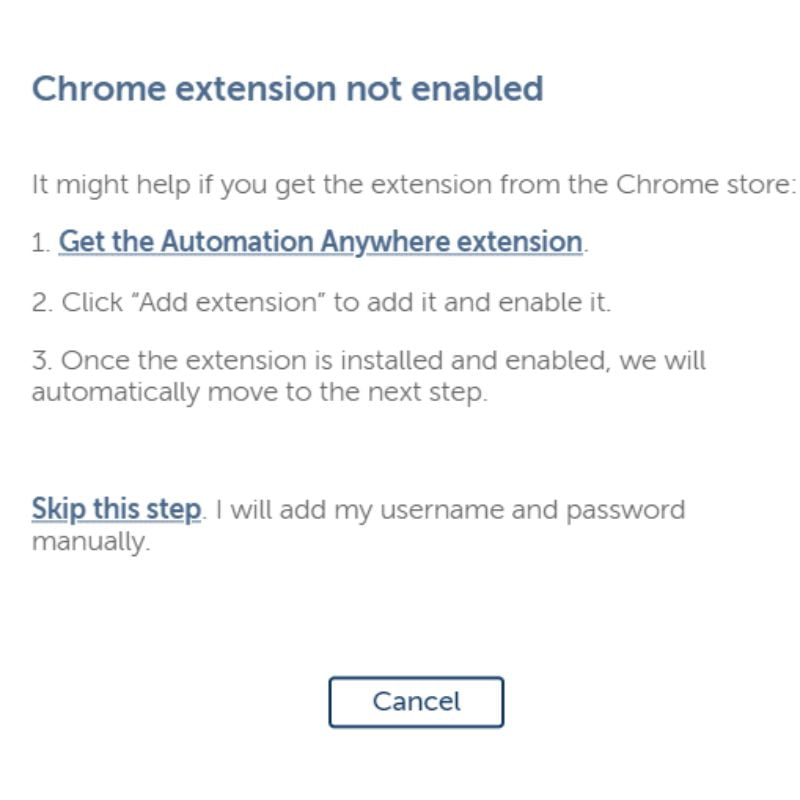
Step 18: Navigate to the Chrome Web Store and look up Automation Anywhere. After selecting the extension, you must click Add extension.
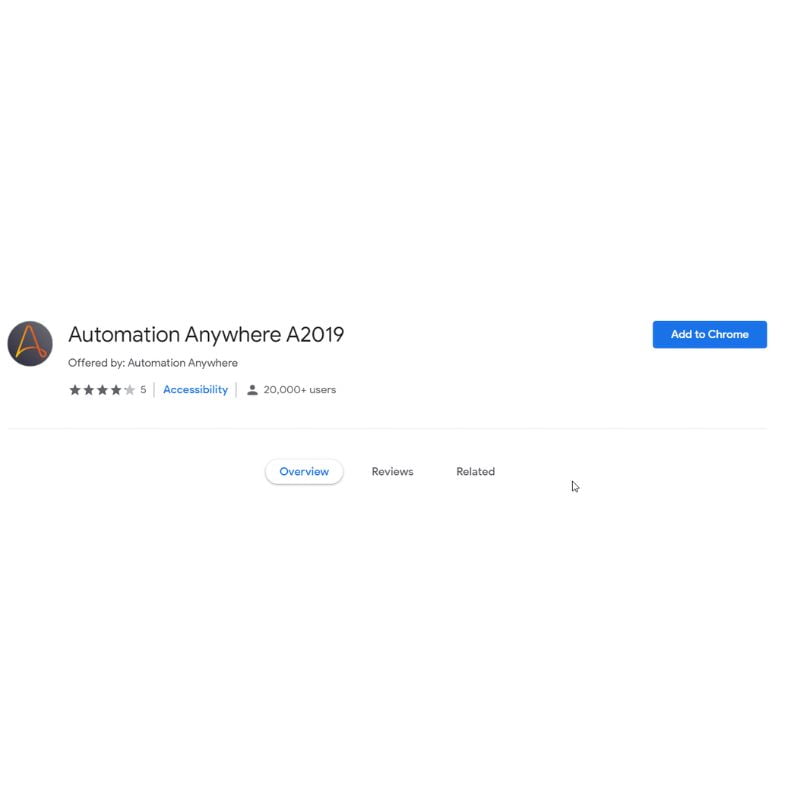
Step 19: After that, everything will be recognized automatically, and a computer connection will be made. When it has, it will request your device’s password to launch the bot. After entering the password, select “Save and run.”
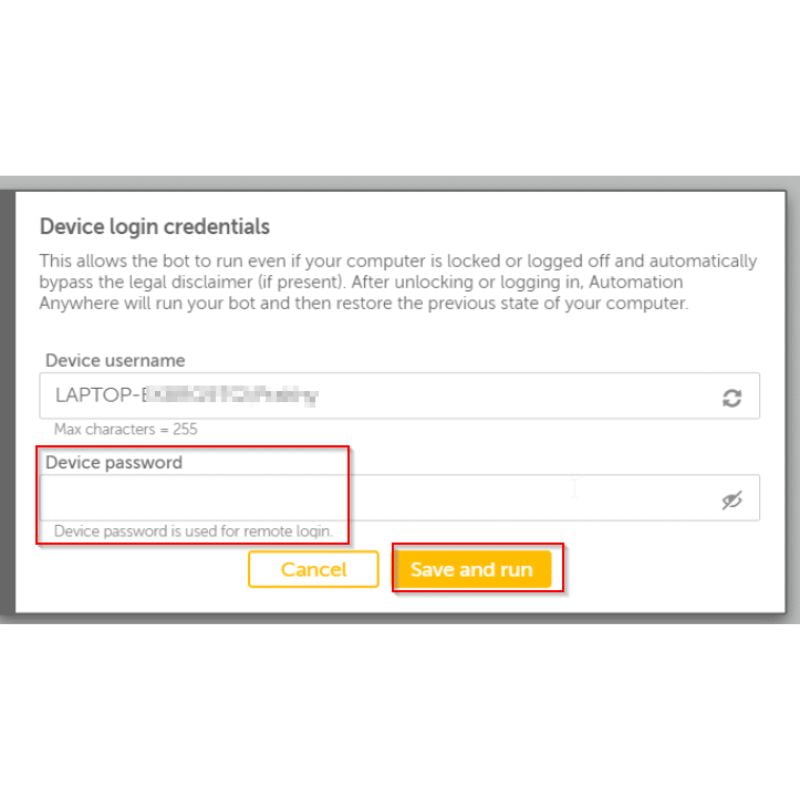
Step 20: In the end, the outcome will appear as follows:
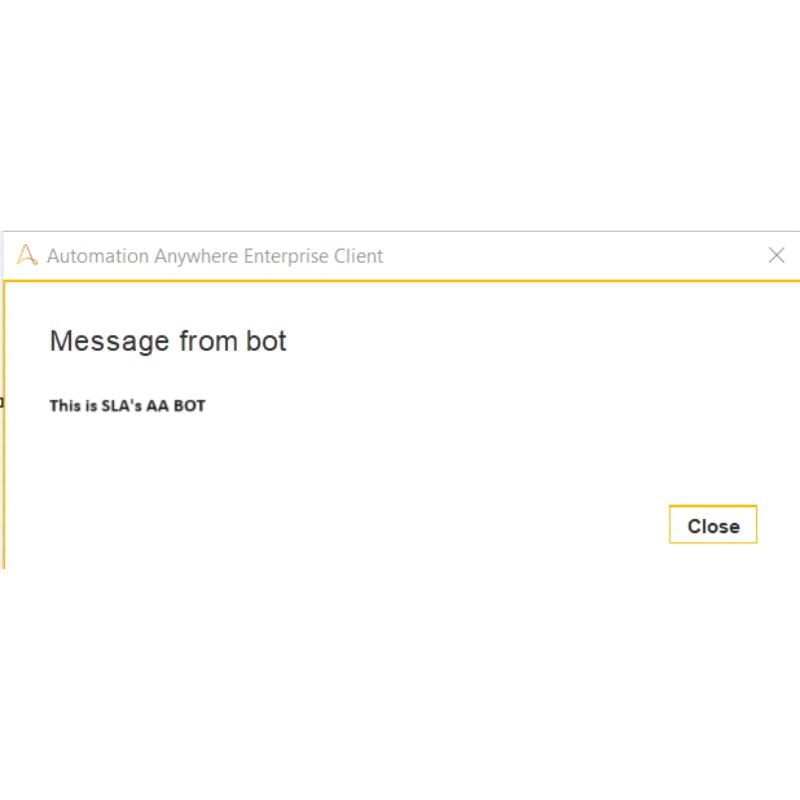
Conclusion
We have explained the basic concepts of “Automation Anywhere” in this tutorial. We hope it gives you an understanding of how to get started. Learn more with hands-on exposure to real-time projects by enrolling in our automation anywhere training in Chennai.
